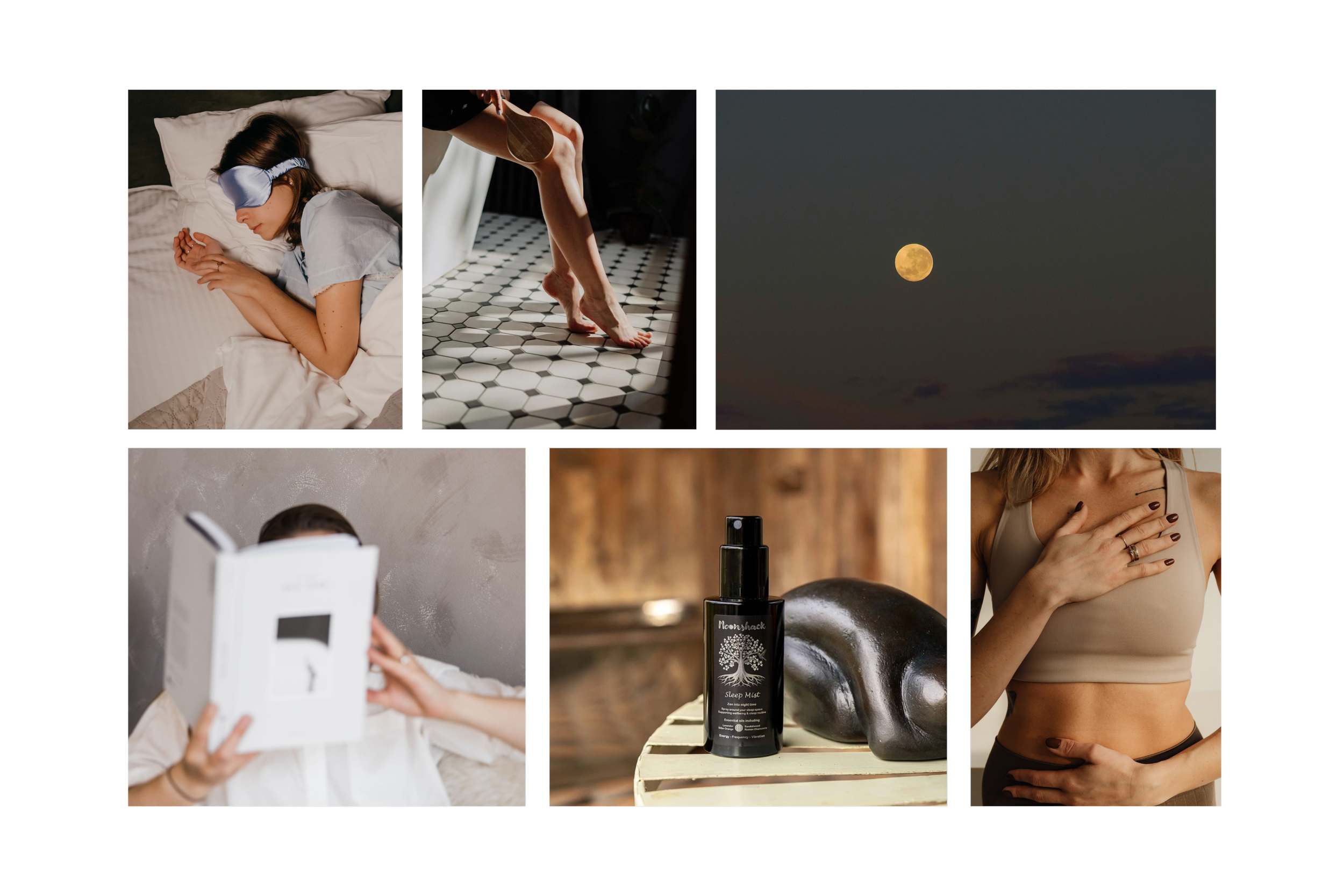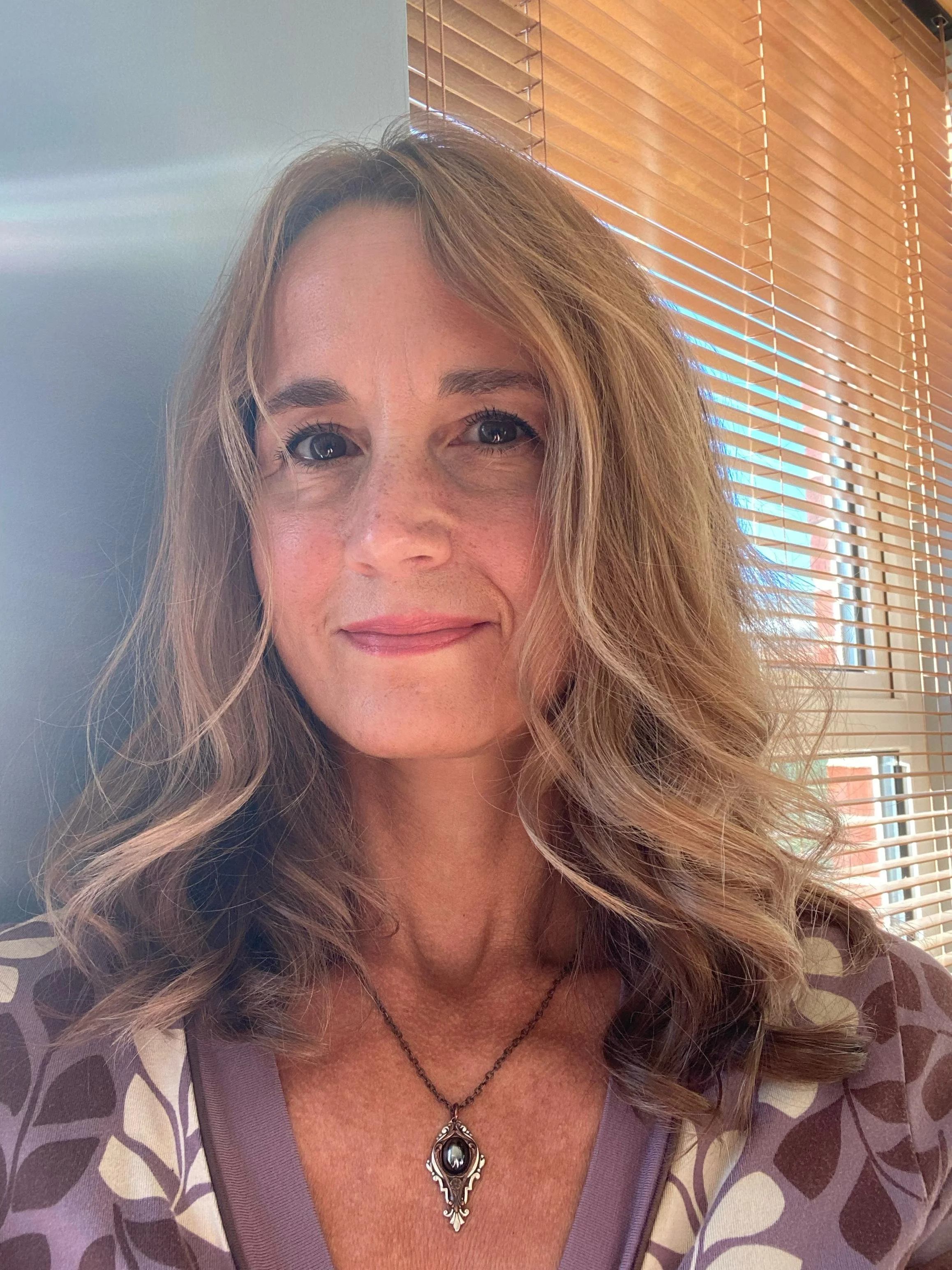Sleep Challenges in the Perimenopause and Menopause by Dr Kari Nightingale
I don’t remember having a problem sleeping when I was younger. If anything it was not wanting to stop sleeping when I was meant to be getting up. But now, while Idon’t usually struggle to drop off to sleep, staying asleep can be the problem.
These days, I’ve become what I call a 3am awakener. You might know the feeling, you’ve been sound asleep, when suddenly you’re wide awake, not entirely sure what’s woken you.
There are so many potential reasons for this. Part of the problem is that to stay asleep, our bodies like things cool and steady. We naturally drop in core temperature at night, and that gentle dip helps keep us snoozing. The trouble during menopause is that hot flushes, night sweats, and sudden chills throw that balance off. A spike in body heat and your brain gets a “wake up” signal it never asked for. No wonder 3am feels so lively.
But it can be far more than just temperature swings. Anxiety has a way of creeping in during the small hours, especially when the rest of the world is quiet. That’s partly down to the amygdala, a small almond-shaped part of the brain that acts like our internal alarm system. Its job is to spot danger and keep us safe – useful if there’s a tiger chasing us, less helpful if it’s just 3am and our mind is dwelling on our worries. At night, the calmer, logical parts of the brain are dialled down, which gives the amygdala more power. This is why worries that seemed manageable at 3pm can feel enormous at 3am.
Sleep normally runs in 90-minute cycles. If you wake up at the end of one, it’s easier to drift off again. But when something drags you out mid-cycle – a night sweat, a full bladder, or an overactive amygdala – getting back to sleep can feel a frustrating battle.
But there are lots of things we can do to help ourselves.
For example, the amygdala, thankfully, can be soothed. Slow, deep breathing is one of the simplest tools because it signals to the body that you’re safe. Counting an inhale for four and an exhale for six can calm the nervous system. Grounding techniques, like noticing five things you can hear or feel in the room, pull the mind back from racing thoughts. Even gentle self-talk can help – reminding yourself that night-time worries always feel bigger than they are, and that morning will bring perspective. These small practices don’t always knock you straight back to sleep, but they quieten the alarm system enough for rest to return.
Another thing that helps me is sticking to a bedtime rhythm. Remember when your kids were little and you had that routine down to an art? Bath, book, bed. It turns out it wasn’t just for them. Sleep hygiene might not sound glamorous, but it really works. Keeping the bedroom cool and dark makes a difference, and so does a warm bath or shower before bed, which actually lowers core body temperature afterwards. Swapping scrolling for a paper book in the hour before bed is another step. The rhythm of a nightly ritual tells your brain it’s time to wind down for the day.
And then there’s alcohol. Disappointing as it may be, that glass of wine really isn’t doing us any favours. It might help us feel relaxed enough to nod off, but it disrupts the quality of our rest. Alcohol reduces REM sleep, the dreamy, restorative stage linked to memory and mood, and it causes more micro-wakings – those little blips of alertness that add up to feeling shattered in the morning. For those of us prone to waking in the small hours, alcohol makes it even harder to get back to sleep. So reducing or stopping alcohol can really help.
There’s also something called sleep drive, which I find strangely reassuring to know about. It’s a bit like a balloon filling with pressure the longer we’re awake. The chemical behind it is called adenosine, which builds up in the brain through the day and nudges us toward sleep at night. Caffeine works by blocking adenosine, which is why an afternoon coffee can come back to haunt you later. On the other hand, exercise, daylight, and avoiding long naps all help adenosine rise naturally. The stronger your sleep drive, the better your chances of sleeping through instead of pinging awake at 3am.
For many women, Hormone Replacement Therapy makes a huge difference to sleep. By smoothing out hormone levels, it calms the night sweats, flushes, mood swings and bladder symptoms that can tear sleep apart. And if insomnia has become a long-term visitor, Cognitive Behavioural Therapy for Insomnia is a brilliant option. It retrains both thoughts and habits around sleep, helping even chronic insomniacs find their way back to deeper rest.
Menopause sleep is no joke, especially when you’re part of the 3am awakener club. The good news is that you’re not broken and you’re not alone. By making small tweaks and may be by seeking support through things like HRT or CBTi, nights really can improve. I’m still on my own journey with it, but I’ve learned that when I respect my body’s needs, and when I don’t let my overactive amygdala run the show, the 3am wake-ups feel less like a battle and more like a bump in the road.
I am a GP and British Menopause Society accredited menopause specialist. I am also an accredited lifestyle medicine doctor. If you would like to see me for an in-depth consultation about your perimenopause or menopause and HRT or other menopause related treatment or advice, please book an appointment with me at:
https://www.menopausecare.co.uk/associate-dr-kari-nightingale
~ Dr Kari Nightingale


